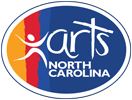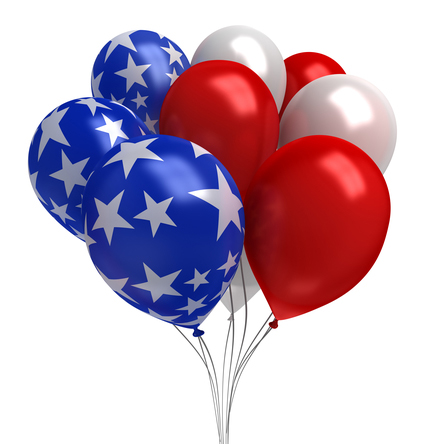It’s My Party, Change vs. More of the Same
In order for arts advocacy to be truly effective and for artistic pursuits to be viewed as inherently necessary to our society, the arts community must actually BELIEVE that the ARTS are a NON-PARTISAN ISSUE. We can be tempted to think that “the arts are MY party’s issue,” SAYING it is a non-partisan issue, but MEANING that “the OTHER party needs to support the arts like MY party does.” An elected official’s political affiliation does not define their view on every issue, particularly the arts, so we should always address them as though it does not define their view on ANY issue.
order for arts advocacy to be truly effective and for artistic pursuits to be viewed as inherently necessary to our society, the arts community must actually BELIEVE that the ARTS are a NON-PARTISAN ISSUE. We can be tempted to think that “the arts are MY party’s issue,” SAYING it is a non-partisan issue, but MEANING that “the OTHER party needs to support the arts like MY party does.” An elected official’s political affiliation does not define their view on every issue, particularly the arts, so we should always address them as though it does not define their view on ANY issue.
“Change versus more of the same” was a term coined to focus the ideas of a presidential campaign in 1992, but in its simplicity, it defines the true basis for every decision that is made at every level of government, and arguably every part of our lives. It is at the core of our discussions about how to protect our assets and our history, or how to advance our prosperity, increase our opportunity, or expand our diversity. It can be used to illustrate and motivate the struggle between the “haves” and the “have-nots” and to inspire both the courage of conviction and fanaticism of our fear.
In spite of partisan tensions and slow economic recovery, the North Carolina General Assembly has increased either recurring or non-recurring funding for NC Arts Council grants over the last three years. One could isolate differing periods and timelines to try to paint one party as more pro-arts than the other, but the largest gains in NC Arts Council Grants funding, 80% over 4 years, was seen from 2004-2008 in the years leading up to the recession. What caused this shift? This is the time when Arts North Carolina was able to establish a statewide network of advocates who had spent years building relationships with the legislators of that time, then organized their combined efforts into ARTS Day, and delivered a unified message for growth and change. In short, advocacy worked. As we continue to build relationships and educate the legislators of today, our success will continue to grow in kind.
Our national arts funding is an even more pronounced case. In 1992 the National Endowment for the Arts (NEA) received an allocation of $175.9 million. If that amount had merely been adjusted for inflation over the last quarter century, the NEA would now receive $314.7 million each year. Instead, that funding reduced to $97.6 million by 2000, then spent the next decade slowly increasing to $167.5 million before again decreasing as a result of the recession. Last month we celebrated as our advocacy bore fruit in the way of a $152.8 million allocation, a $3 million improvement over the prior year. If the NEA since 1992 had continued to receive “more of the same” and maintained the status quo, even without adjusting for inflation, that agency would be receiving $23 million more annually than it does today. Remember that both the White House and Congress have been controlled by both parties during this time.
So why did we celebrate such a modest gain in NEA funding? Because slightly more than a year earlier President Trump submitted a budget to Congress that had no funding for the NEA (or the National Endowment for the Humanities or Corporation for Public Broadcasting) at all. This lead to the largest collective effort of arts advocacy in the history of our nation. It is telling that what sparked this movement (#SAVEtheNEA) was not a bold vison for the arts in our country, but that someone else’s idea of “change” sought to eliminate the “more of the same” to which we as an arts community had become so accustomed. In his most recent budget proposal, the President once again proposed the complete elimination of funding for the NEA.
It is easy to see that we live in a time of change. So much of our dialogue is based on picking a side on every issue. We identify with our respective tribes and support our own, often without the benefit of retrospection or investigation. While we bemoan that our technology traps us in an echo chamber of our own ideas, the truth is we have always insulated ourselves from differing opinions, we have just gotten better at building the chambers.
So remember that the ARTS are the part of ALL OF US that makes us human. We may have various opinions about what art is good or bad, decent or obscene, how to fund it, and how it best serves our common interests. But we are all drawn to and driven to experience art, whether it is a slapstick sit-com or a centuries-old opera. We all doodle and hum, regardless if our doodles become paintings in galleries or our humming becomes an opus performed by a symphony. There is an artist inside all of us and a need to explore our own existence through the experiences of others as well as ourselves.
And as for “change versus more of the same,” create a vision for the world you want for yourself, chart a course to get there, bring others and their visions into your own, and let THAT be the “change” we can all be a party to.

